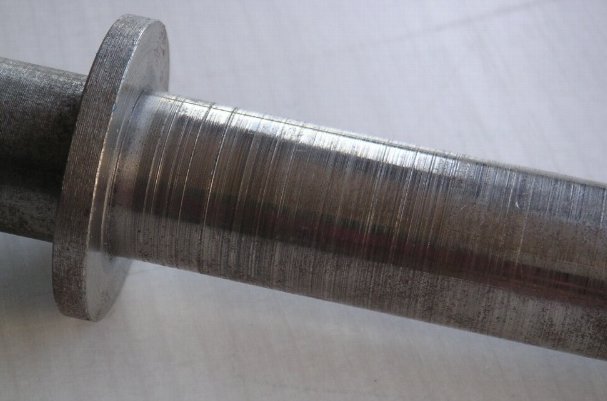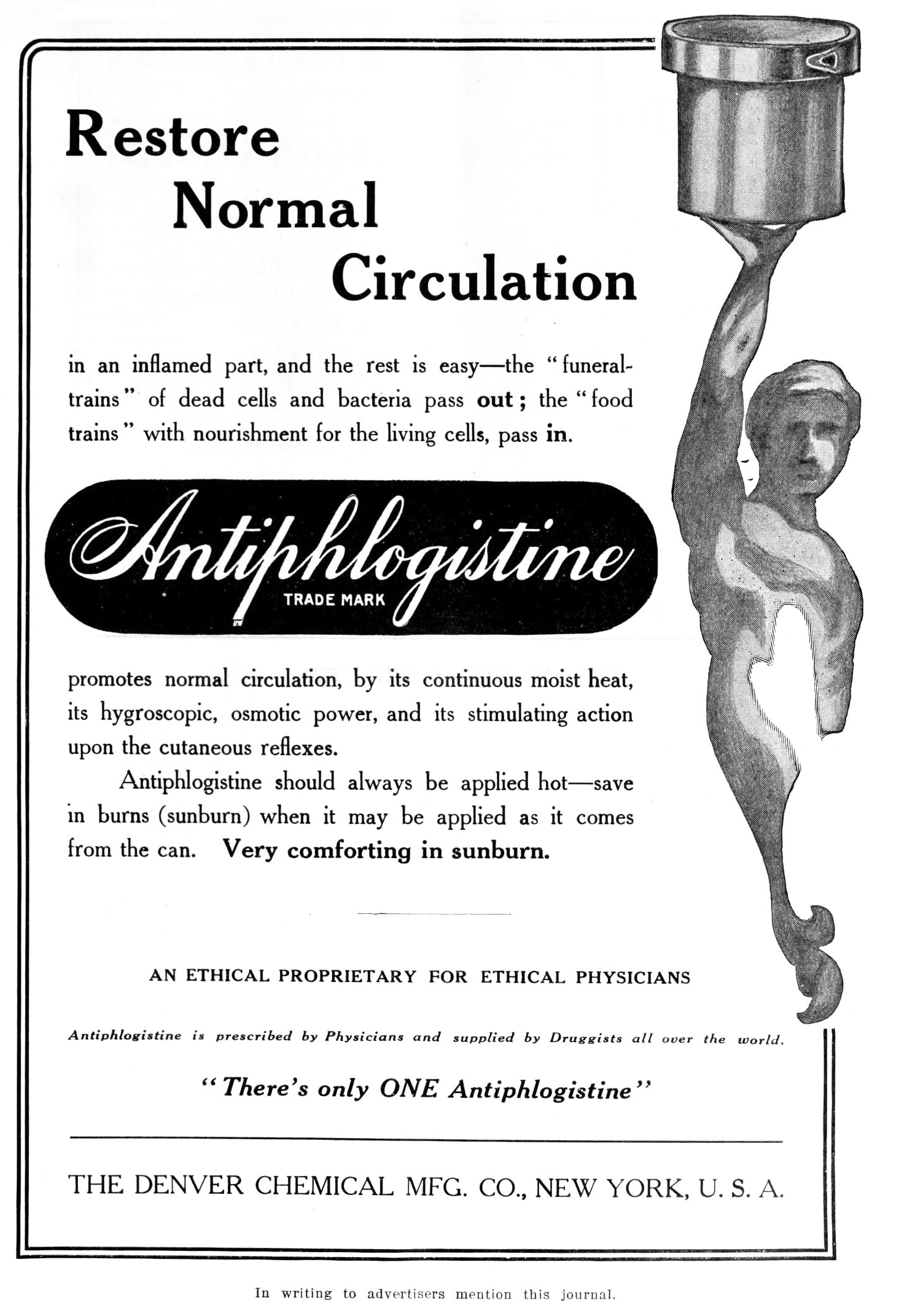|
Rubbing
Rubbing is moving an object in contact with another object. Rub, RUB, rubs or rubbing may also refer to: Arts and entertainment * ''Rub'' (album), by Peaches, 2015 * Rubbing (art), a method of recording and reproducing the texture of a surface * The Rub, an English rock band * "Rubbin'", a song by Choclair from the 1999 album '' Ice Cold'' Organisations * Ruhr University Bochum, in Germany * Royal University of Bhutan People * Christian Rub (1886–1956), Austrian-born American character actor * Kurt Rub (born 1946), Swiss racing cyclist * Timothy Rub (born 1952), American museum director and art historian Other uses * Abrasion (mechanical), or rubbing away * Spice rub, in cooking * Date honey, or rub * Russian ruble, ISO 4217 currency code RUB * Kuliak languages, or Rub languages, in Uganda * Gungu language, ISO 639 language code rub * Rub, a professional wrestling term * Ratio Utility Billing Systems (RUBS), a utility billing allocation method * New South Wales RUB ... [...More Info...] [...Related Items...] OR: [Wikipedia] [Google] [Baidu] |
Rubbing (art)
A rubbing ('' frottage'') is a reproduction of the texture of a surface created by placing a piece of paper or similar material over the subject and then rubbing the paper with something to deposit marks, most commonly charcoal or pencil but also various forms of blotted and rolled ink, chalk, wax, and many other substances. For all its simplicity, the technique can be used to produce blur-free images of minuscule elevations and depressions on areas of any size in a way that can hardly be matched by even the most elaborate, state-of-the-art methods. In this way, surface elevations measuring only a few thousandths of a millimeter can be made visible. Uses Common uses for this technique include: * Brass rubbing, to make copies of monumental brasses * Forensic uses, including finding out what was written on a sheet of paper removed from a pad by rubbing the impressions left on subsequent sheets or other backing materials * Frottage (from French ''frotter'', "to rub"), a surrealis ... [...More Info...] [...Related Items...] OR: [Wikipedia] [Google] [Baidu] |
Massage
Massage is the rubbing or kneading of the body's soft tissues. Massage techniques are commonly applied with hands, fingers, elbows, knees, forearms, feet, or a device. The purpose of massage is generally for the treatment of body stress or pain. In English-speaking European countries, traditionally a person professionally trained to give massages is known by the gendered French loanwords ''masseur'' (male) or ''masseuse'' (female). In the United States, these individuals are often referred to as "massage therapists". In some provinces of Canada, they are called "registered massage therapists." In professional settings, clients are treated while lying on a massage table, sitting in a massage chair, or lying on a mat on the floor. There are many different modalities in the massage industry, including (but not limited to): deep tissue, manual lymphatic drainage, Medical massage, medical, sports, Structural Integration, structural integration, #Swedish massage, Swedish, Thai massa ... [...More Info...] [...Related Items...] OR: [Wikipedia] [Google] [Baidu] |
Rubbing (friction)
Abrasion is the process of scuffing, scratching, wearing down, marring, or rubbing away. It can be intentionally imposed in a controlled process using an abrasive. Abrasion can be an undesirable effect of exposure to normal use or exposure to the elements. In stone shaping Ancient artists, working in stone, used abrasion to create sculptures. The artist selected dense stones like carbonite and emery and rubbed them consistently against comparatively softer stones like limestone and granite. The artist used different sizes and shapes of abrasives, or turned them in various ways as they rubbed, to create effects on the softer stone's surface. Water was continuously poured over the surface to carry away particles. Abrasive technique in stone shaping was a long, tedious process that, with patience, resulted in eternal works of art in stone. Models The Archard equation is a simple model used to describe sliding wear and is based on the theory of asperity contact. :Q = \frac H whe ... [...More Info...] [...Related Items...] OR: [Wikipedia] [Google] [Baidu] |
Liniment
Liniment (from , meaning "to smear, Anointing, anoint"), also called embrocation and heat rub, is a medicated topical preparation for application to the skin. Some liniments have a viscosity similar to that of water; others are lotion or balm; still, others are in transdermal patches, soft solid sticks, and sprays. Liniment usually is rubbed into the skin, which the active ingredients penetrate. Liniments are typically sold to relieve pain and stiffness, such as from muscle, muscular Pain and nociception, aches and Strain (injury), strains, and arthritis. These are typically formulated from ethanol, alcohol, acetone, or similar quickly evaporating solvents and contain counterirritant aromatic chemical compounds, such as methyl salicylate, benzoin resin, menthol, and capsaicin. They produce a feeling of warmth within the muscle of the area they are applied to, typically acting as rubefacients via a counterirritant effect. Methyl salicylate, which is the analgesic ingredient in so ... [...More Info...] [...Related Items...] OR: [Wikipedia] [Google] [Baidu] |
Gungu Language
Gungu is a Bantu language spoken by the Gungu (or Bagungu) people in western Uganda. Phonology Consonants Casali and Diprose tentatively argue that the labialized Labialization is a secondary articulatory feature of sounds in some languages. Labialized sounds involve the lips while the remainder of the oral cavity produces another sound. The term is normally restricted to consonants. When vowels invol ... (Cʷ) and palatalized (Cʲ) sequences may be sequences of CuV and CiV, respectively. Vowels Gungu has 14 vowel phonemes. The mid vowels are variants of the open-mid vowels. Vowels before prenasalized consonants and after labialized and palatalized consonants are always long but are written short. The close and mid vowels are considered "hard", and the others are considered "soft." Gungu has a form of vowel harmony, in which the mid vowels generally only appear in words with the "hard" close vowels. Monophthongs Diphthongs Gungu has eight diphthongs. ... [...More Info...] [...Related Items...] OR: [Wikipedia] [Google] [Baidu] |
To Be, Or Not To Be
"To be, or not to be" is a speech given by Prince Hamlet in the so-called "nunnery scene" of William Shakespeare's play ''Hamlet'' (Act 3, Scene 1). The speech is named for the opening phrase, itself among the most widely known and quoted lines in modern English literature, and has been referenced in many works of theatre, literature and music. In the speech, Hamlet contemplates death and suicide, weighing the pain and unfairness of life against the alternative, which might be worse. It is not clear that Hamlet is thinking of his own situation since the speech is entirely in an abstract, somewhat academic register that accords with Hamlet's status as a (recent) student at Wittenberg University. Furthermore, Hamlet is not alone as he speaks because Ophelia is on stage waiting for him to see her, and Claudius and Polonius have concealed themselves to hear him. Even so, Hamlet seems to consider himself alone and there is no definite indication that the others hear him before he ... [...More Info...] [...Related Items...] OR: [Wikipedia] [Google] [Baidu] |
Rub-a-dub-dub (other) '', a 1983 children's television series
{{disambiguation ...
Rub-a-dub-dub is a nursery rhyme. Rub-a-dub-dub may also refer to: * ''Rub-a-Dub-Dub'' (TV series), a 1984 animated series * ''Rub-A-Dub-Dub'' (novel), by Robert Wringham * "Rub-A-Dub-Dub" (Hank Thompson song) * "Rub a Dub Dub", a song by The Equals See also * '' Hey Rub-a-Dub-Dub'', a collection of essays by Theodore Dreiser * ''Rub-a-Dub-Tub ''Rub-a-Dub-Tub'' was a children's television series broadcast in the United Kingdom on the breakfast television channel TV-am between 1983 and 1984. In addition to the main regular presenters, the programme also featured appearances by some of ... [...More Info...] [...Related Items...] OR: [Wikipedia] [Google] [Baidu] |
Rub Out (other)
{{dab ...
Rub out may refer to: * use of an eraser * Delete character, or rubout See also * Rub (other) * Homicide ** Assassination * Cancel (other) * Massage * Masturbation * Polishing (metalworking) Buffing are finishing processes for smoothing a workpiece's surface using an abrasive and a work wheel or a leather strop. Technically, ''polishing'' refers to processes that uses an abrasive that is glued to the work wheel, while ''buffing'' ... [...More Info...] [...Related Items...] OR: [Wikipedia] [Google] [Baidu] |
Alcohol Rub (other)
{{dab ...
Alcohol rub may refer to: * Hand sanitizer * Liniment or heat rub containing alcohol See also * Rubbing alcohol, or surgical spirit * "''Ponme el alcolado, Juana''", a song by Andy Montañez * Witch-hazel Witch-hazels or witch hazels (''Hamamelis'') are a genus of flowering plants in the family Hamamelidaceae, with three species in North America ('' H. ovalis'', '' H. virginiana'', and '' H. vernalis''), and one each in Japan ('' H.&n ... [...More Info...] [...Related Items...] OR: [Wikipedia] [Google] [Baidu] |
New South Wales RUB Type Carriage Stock
The RUB type carriage stock was a type of steel bodied air conditioned passenger carriage operated by the New South Wales Government Railways from September 1949 until April 2000. History In 1943, the New South Wales Government Railways awarded a contract for twenty steel sitting carriages to Waddingtons. These were to be similar to the N type carriages that had been built in 1939 but with the addition of steam heating. Delays in construction & redesign as Air Conditioned Carriages Construction of these cars was shelved while wartime restrictions were in place and when the project resumed in 1945, it was decided the carriages should be air-conditioned and the order increased to fifty. Work had already commenced on the underframes when it was decided to lengthen the carriages from necessitating in the reworking of those already in production. A shortage of steel meant it would not be until 1949 that the first were completed. The initial fifty cars numbered 2240 to 2290 were ev ... [...More Info...] [...Related Items...] OR: [Wikipedia] [Google] [Baidu] |
Utility Submeter
Utility sub-metering is a system that allows a landlord, property management firm, condominium association, homeowners association, or other multi-tenant property to bill tenants for individual measured utility usage. The approach makes use of individual water meters, gas meters, or electricity meters. Sub-metering may also refer to the monitoring of the electrical consumption of individual equipment within a building, such as HVAC, indoor and outdoor lighting, refrigeration, kitchen equipment and more. In addition to the "main load" meter used by utilities to determine overall building consumption, submetering utilizes individual "submeters" that allow building and facility managers to have visibility into the energy use and performance of their equipment, creating opportunities for energy and capital expenditure savings. Overview Typically a multi-tenant dwelling has either one master meter for the entire property or a meter for each building and the property is responsible for ... [...More Info...] [...Related Items...] OR: [Wikipedia] [Google] [Baidu] |





